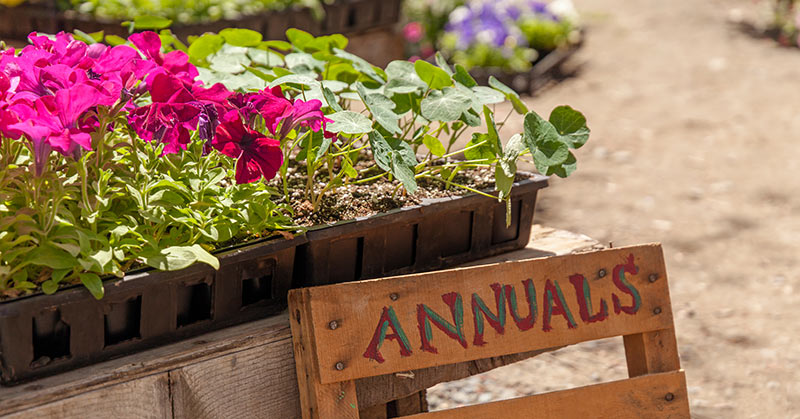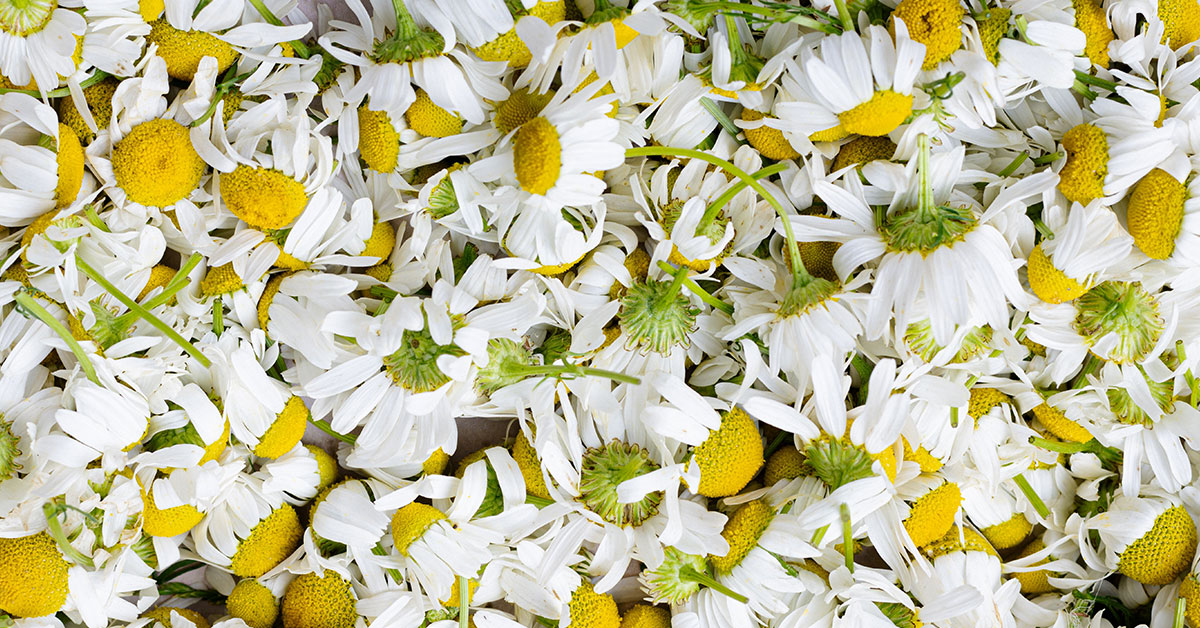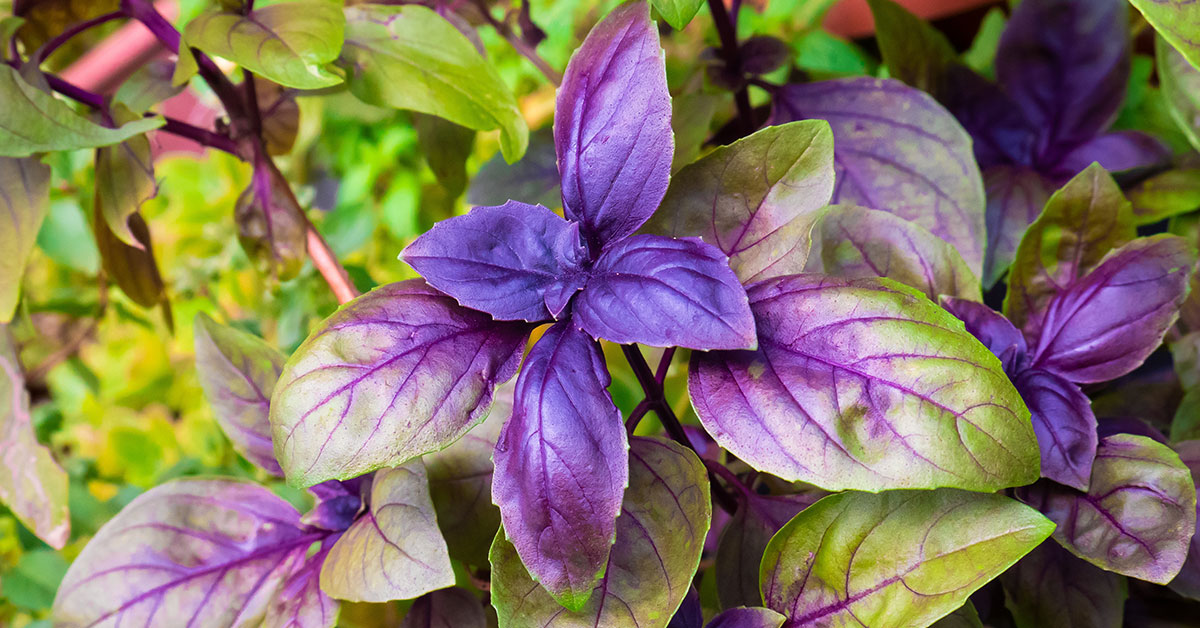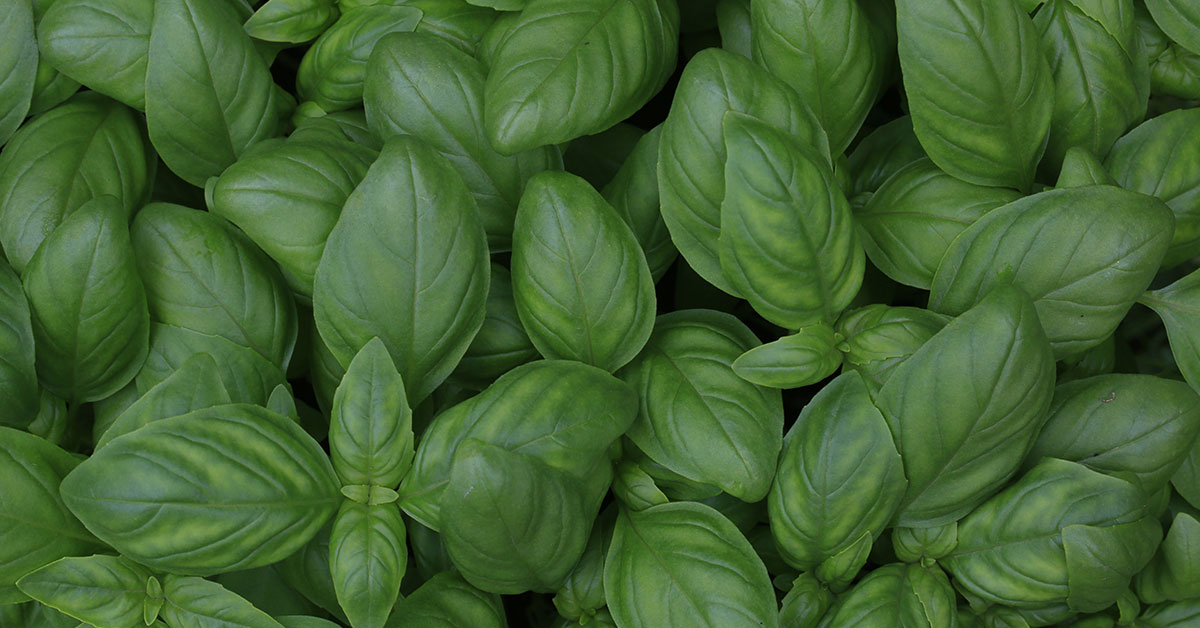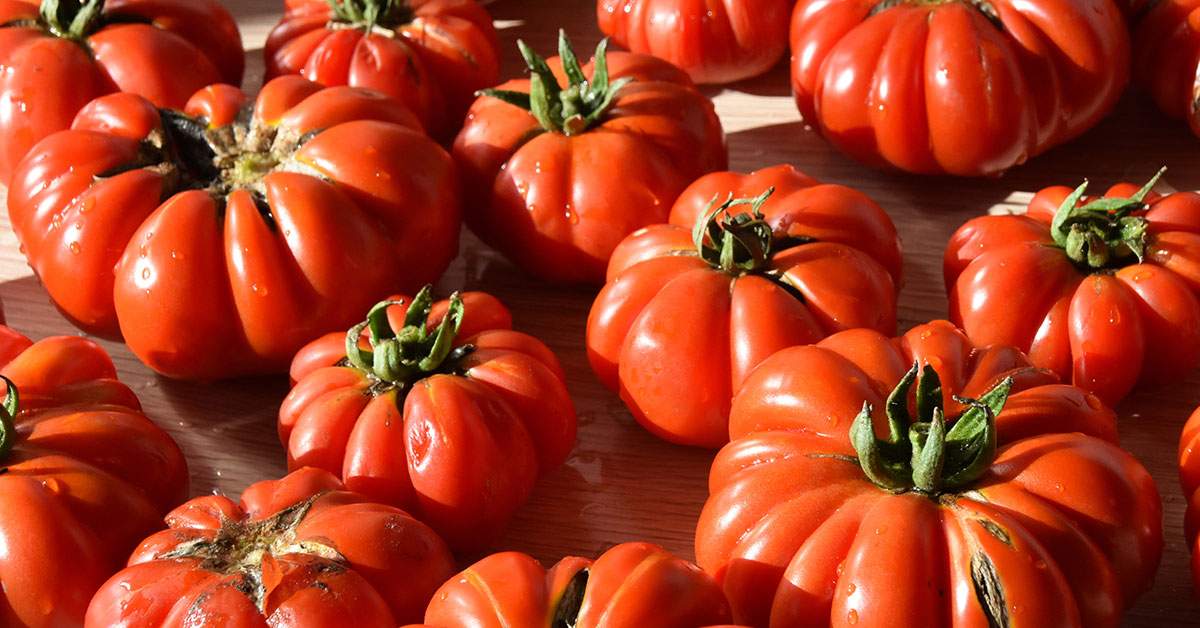If you’re just getting started on your gardening journey, all of the various terms and references may be a lot to grasp. Plants have different terms applied to them, like full sun, part shade, annual, and perennial. These terms will help you, the gardener, give your plant the best shot at life. In this article, we’ll answer the question: what are annuals? We’ll also provide you with some pro tips on growing your single-season flowers.
What are annuals?
Annuals are simply plants that enjoy one growing season and do not live into the following year. True annuals perish after flowering and producing seeds, but there are many plants sold in the store as such but aren’t actually true annuals. These plants are sometimes referred to as hardy. They likely aren’t native to your region, but where they are native, they can sometimes survive for longer periods of time. These hardy plants can be brought indoors over winter and have a decent shot at survival.
What plants are annuals?
Lots of different flowers and vegetables are annuals. Tomatoes and zucchini are two annual vegetables. Marigolds and impatiens are also annuals. When purchasing a plant, the tag should tell you whether or not it’s an annual. Carefully read the tag to make sure the plant will be a good fit in your garden and you know how to properly care for it!
How long do they last?
We mentioned once already that there are two types of annual flowers. True annuals will begin to die off once their flowering cycle has come to an end. How long they last depends on the plant, the length of your growing season, and how quickly they flower and go to seed. These flowers will need to be replanted every spring.
Hardy annuals have a better shot of lasting longer than the other variety. These hardy plants and flowers are likely biennials or perennials in warmer climates. It is possible to bring these hardier plants indoors during the winter to enjoy multiple years with them.
How to plant annuals
These flowers don’t require any specific planting strategies or tips. Broadly speaking, dig a hole, plant them, and water them periodically. More precisely, you’ll want to consult with the plant’s tag to see what your specific plants need. They may need a certain space between them and other plants, certain planting depths, and so on.
